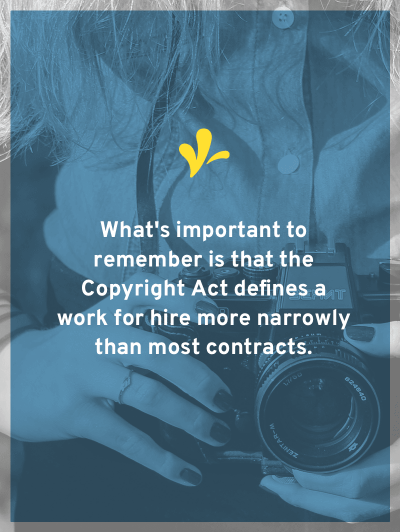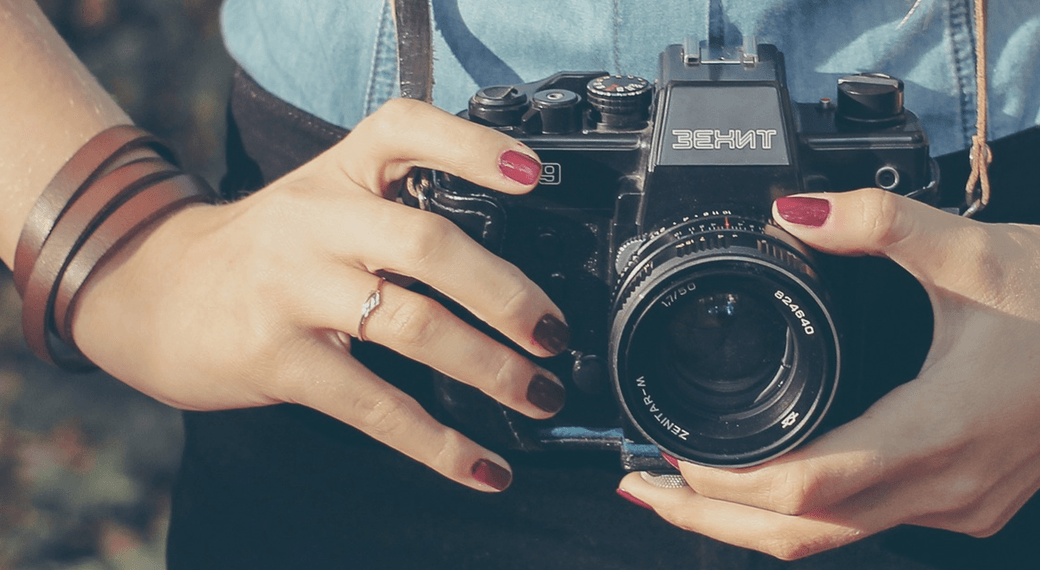Explaining who created it and who owns it
This series on how to complete your U.S. Copyright Office eCO application was inspired by the webinar Maria Brophy and I co-hosted.
In Part One, we tackled selecting the right application and identifying what you are registering. In Part Three, we are going to learn how to pay for your registration and upload your work.
It can be overwhelming to register your copyrights

Learn to confidently register your copyrights with the U.S. Copyright Office…even if you have tried (and given up) before!
Get access to an in-depth course guiding you step-by-step and screen-by-screen through the process of registering your copyright with the U.S. Copyright Office. You’ll go from not knowing what you are going to register to having a strategy for future registrations.
And if you get stuck, you’ll have our 24/7 online community to help you out!
But before we submit, we have to explain to the Copyright Office the people (or companies) associated with this application.
On the eCo application, we’ve got a couple technical words that we need to understand:
Copyright author

The copyright author is generally the person who originally created the work. But this isn’t the case when it was created as a work for hire. When the work was created as a work for hire, then the “hiring” person is the copyright author.
What’s important to remember is that the Copyright Act defines a work for hire more narrowly than contracts often do. The Copyright Act definition is that a work for hire is either:
- made by an employee within the scope of his job description
- made under a written commission agreement if the work falls within one of these categories: (1) contribution to a collective work, (2) part of a motion picture/audiovisual work, (3) translation, (4) supplementary work, (5) compilation, (6) instructional text, (7) test or answer material for a test, and (8) atlas.
Copyright claimant
The copyright claimant is the person who owns the copyright. This is usually the same as the copyright author. However, these would be different if the author has transferred in writing the copyright to someone else.
In this video, we’ll be telling the U.S. Copyright Office who these people are. Plus who third parties can contact if they want to get permission to use the work and who they can contact if there are any questions.
I also explain two of the pages that I get asked about most often:
- what you do on the “Limitations of Claim” page and
- why you would check any boxes on the Special Handling page (and incur a $800 fee). (Psst…you’ll probably never need to check a single box on this page.)
(Psst…do you reference illustrations, photographs, or incorporate other’s work into your own? Then make sure to check out this video where I explain how to tell the U.S. Copyright Office this on your application.)
This series wraps up with Part 3 which explains how to upload your work and a couple tricks to know what you have to submit and what file types you should use.
It can be overwhelming to register your copyrights

Learn to confidently register your copyrights with the U.S. Copyright Office…even if you have tried (and given up) before!
Get access to an in-depth course guiding you step-by-step and screen-by-screen through the process of registering your copyright with the U.S. Copyright Office. You’ll go from not knowing what you are going to register to having a strategy for future registrations.
And if you get stuck, you’ll have our 24/7 online community to help you out!
Do you still have questions?
No shame in that! One of the perks of membership in the artist’s Courtyard is a 24/7 private online community to ask your questions and get my answer (and insights from other creatives). Already a member? Ask your question! Not a member yet? Join us inside the artist’s Courtyard for $45/month!

Hi! I’m Kiff! I’m your friendly legal eagle (and licensed attorney).
My goal is to add ease to the legalese. And because I think basic legal resources should be available to every creative, I create a lot of free content.
If I’ve created something that has helped inject a little ease into your creative business and you would like to say “thank you”, you can make a contribution here.
If you’d like to hear more from me, I’d love to pop into your inbox every Friday morning to share additional ways to cut through the red tape and inject a little ease.
Get tips from your friendly legal eagle in your inbox…
Your privacy is important to us. Learn how we protect it here.

